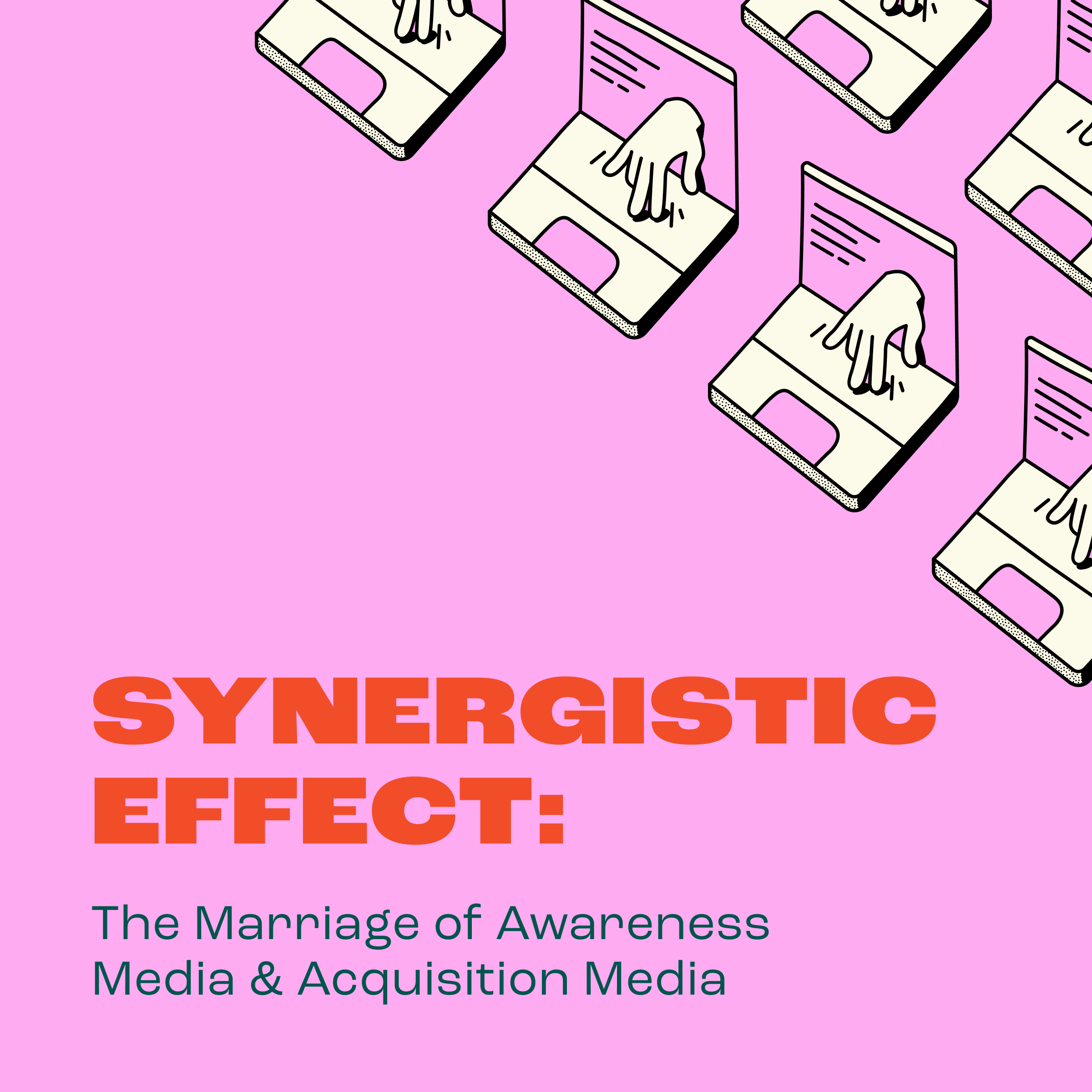Whether you’re a new member of a marketing team or a copywriter working with a new client, your first task is to get to know the brand, or more specifically, the brand’s voice. While brand voice is only one part of a larger brand strategy, it’s arguably the most important part.
Brand voice is the embodiment of a brand’s personality, how it shows up in the world, how it speaks, acts, and lives. It helps audiences identify a brand across every media platform and channel. And it shapes all marketing writing you produce.
So how do you connect to and channel a brand’s voice? How do you ensure that everything you write is aligned with your brand strategy? Here are three ways to go about it.

DIVE IN AND GO DEEP
You may not know this about copywriters, but most of us spend more time researching, reading, and asking questions than we do actually writing. Think about it: when you meet someone for the first time, you don’t get to know them by doing all the talking, right?
So, start by getting your hands on the materials that both outline the brand voice and express it: brand guidelines and positioning statement (branding wouldn’t be branding without them); a list of company values and behaviors; website copy; recent ads; videos; and so on. Read and learn everything you can about the brand and how it shows up in the marketplace.
Then go directly to the source—colleagues or clients who live and breathe the brand. What can they tell you about the brand strategy and voice that the brand guidelines can’t? How would they describe the brand’s voice? What nuances or quirks—of language, tone, or even grammar—should you know about? And what pieces of marketing writing best exemplify the brand’s voice?
Once you’ve gotten your questions answered and have the guidelines at your fingertips, you can go a little deeper.

THINK HUMAN
Assigning human characteristics to a brand is nothing new or groundbreaking, but it can help you connect to a brand’s voice when you first start using it, no matter what type of marketing writing you’re doing.
List some adjectives and determine where your brand voice falls. For example, is your brand voice formal or more conversational and colloquial? Is it detached and authoritative or warm and friendly? Professional and buttoned-up or fun and quirky? Serious or funny? Laid-back or amped up? You get the idea.
Getting a brand voice right is a delicate balance, and when you begin, writing in a new voice can feel like adding tiny rocks to a tipping scale—not quite friendly enough. Now it’s too friendly. We’d never use that word. Try it with a stronger verb.
Like anything else you’ve had to master, connecting to a brand’s voice takes effort, practice, and time.

CHECK YOUR GUT
The more you write in your brand’s voice, the easier it gets, as over time it becomes less “check the guidelines” and more “I know it when I see it/write it/read it.”
Returning to the brand-as-human metaphor, any time you write in a brand’s voice, it’s wise to do a simple gut check. Like you would with any person you know well, ask yourself, does the voice sound like them, or does it feel out of character? Is it something they would say? Is it how they’d say it?
If anything feels off, you can address it—again, using that tipping scale. Would our brand really use two exclamation points? Do we yell when we’re excited? Do we say “y’all” when we’re based in New England? Fortunately, unlike humans, a brand voice that’s speaking out of character can be easy to fix.
So dive into your brand strategy and get to know your brand’s voice. The more connected you are to it, the more it will stand out and make lasting connections with your intended audiences.


